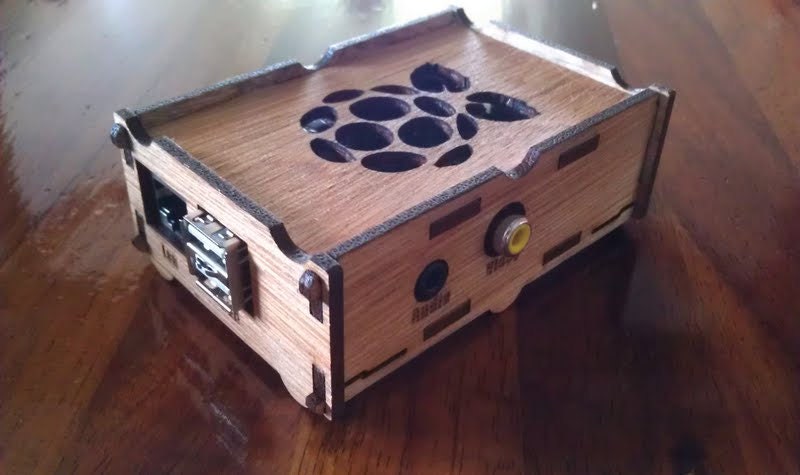Tell more, champ, I want a pireporama. Have an idea I could take a cheap NAS box and a RasPi, have a kickbootie little entertainment center at the log shck.
PIREP - as detailed as I can be after 2 or 3 hours of playing with the Pi.
Step 1 - download the Raspbmc Installer from here:
http://www.raspbmc.com/download/ . The download is like 100K, and it only takes a few seconds.
Step 2 - Load an SD Card into a PC, and use the installer to preload the XBMC Installer on the SD Card - this took about 3 minutes
Step 3 - Load the SD Card into the Raspberry Pi. Plug the Raspberry Pi in, and then connect it to your TV using the HDMI port. You are also required to plug in the ethernet cable at this point, because Raspbmc keeps itself updated and has to download the most recent version of the OS. All told, about 3 minutes
Step 4 - Wait for the XBMC installer to complete. This took about 30-45 minutes, and most of the time was just staring at a blue screen with a progress bar and a nice message about "getting a cup of coffee."
Step 5 - You're in. The entire box runs really slow at this point, because it is downloading updates in the background. If you look at System Info, you will see 100% CPU usage. Do not panic - this calms down after about 30 minutes.
Step 6 (Optional, but I strongly suggest it) - Add the Fusion Repo to XBMC following these steps:
http://www.xbmchub.com/blog/2012/04/24/fusion-easy-addon-installation-for-xbmc/
Step 7 - Using the Fusion Repo, add 1Channel. This plug in allows you to watch any movie, any TV show, anywhere. Period. Free. Awesome.
All told, it took about an hour to configure, maybe an additional 30 minutes to get the plugins installed. It's awesome. My wife is playing Assassins Creed III right now, but later I will try to get some video of it in action.




